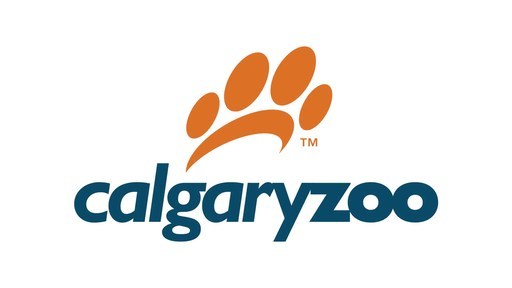CALGARY, March 6, 2019 /CNW/ - The Calgary Zoo announces that Er Shun, the adult female panda has entered the early stages of her breeding cycle, setting off a planned collaborative program over the next few weeks involving hormone monitoring and artificial insemination.
Calgarians have embraced the pandas and the zoo saw record attendance in 2018 with 1.5 million guests visiting and admiring the pandas in a stunning state-of-the-art building housing Er Shun, Da Mao, Jia Panpan and Jia Yueyue. The back-of-house area in Panda Passage was built to accommodate a nursing den, should Er Shun become pregnant through the program.
"The value of hosting and now breeding, these international and vulnerable symbols of conservation is a tremendous opportunity to engage our community in making a difference for wildlife in Canada and around the world," says Dr. Clément Lanthier, President and CEO, Calgary Zoo. "We believe that small actions often lead to big changes that help sustain the incredible biodiversity on the planet."
Giant pandas are an umbrella species and by helping to protect them, other species who inhabit their environment will also be protected. Each year they are here, the Calgary Zoo will contribute $1.4 million to the Chengdu Research Base of Giant Panda Breeding in China to support conservation initiatives such as breeding, habitat protection, reintroduction science and research.
With fewer than 1,800 giant pandas left in the wild, caring for these four giant pandas is important to ongoing conservation. Habitat destruction remains one of the biggest threats to pandas in the wild, much in the same way boreal forests and evergreen trees in Canada are a concern for wildlife in our country. More than half of giant panda habitat has been lost in the last fifty years.
Background:
- Artificial Insemination (AI) is often used to manage for genetic diversity and improve captive breeding success; however, successful breeding does not always happen. In order to achieve the highest probability of success, the zoo tracks Er Shun's hormone levels daily in urine and blood samples to determine the best timing for insemination. This process will be done collaboratively between the Calgary Zoo animal care and veterinary teams and a panda reproductive specialist from China.
- Construction on the $14.4 million Panda Passage began in 2016, with the support of the Province of Alberta and The City of Calgary. The habitat features 431 square metres of two indoor lush public-facing habitats and 1,512 square meters of two outdoor habitats.
- Panda Passage was transformed from the former Eurasian Gateway building and the Calgary Zoo is pursuing Petal certification as part of the Living Building Challenge (LBC). This provides a framework for design, construction and the symbiotic relationship between people and all aspects of the built environment.
- In 2012 an agreement was signed between the Chinese and Canadian governments for a 10-year breeding loan of giant pandas. Er Shun and Da Mao arrived in Canada on March 25, 2013 to the Toronto Zoo. After being successfully artificially inseminated, Er Shun delivered her cubs, Jia Panpan and Jia Yueyue on October 13, 2015. These were the first giant pandas to be born in Canada.
- Da Mao and Er Shun will remain in Calgary for the full five-years of their stay. The cubs, Jia Panpan and Jia Yueyue will return to China in the next 18 months.
See: www.calgaryzoo.com
The Calgary Zoo is a conservation leader whose mission is to take and inspire action to sustain wildlife and wild places. As a not-for-profit charitable institution, a portion of all revenue is reinvested back into conservation activities at the zoo and around the world.
Charitable Registration #118824192 RR0001
SOURCE Calgary Zoo

Bart Goemans, Interim Manager of Communications, Calgary Zoo, Phone: 403.232.9325 or 403-294-7677, [email protected]

Share this article